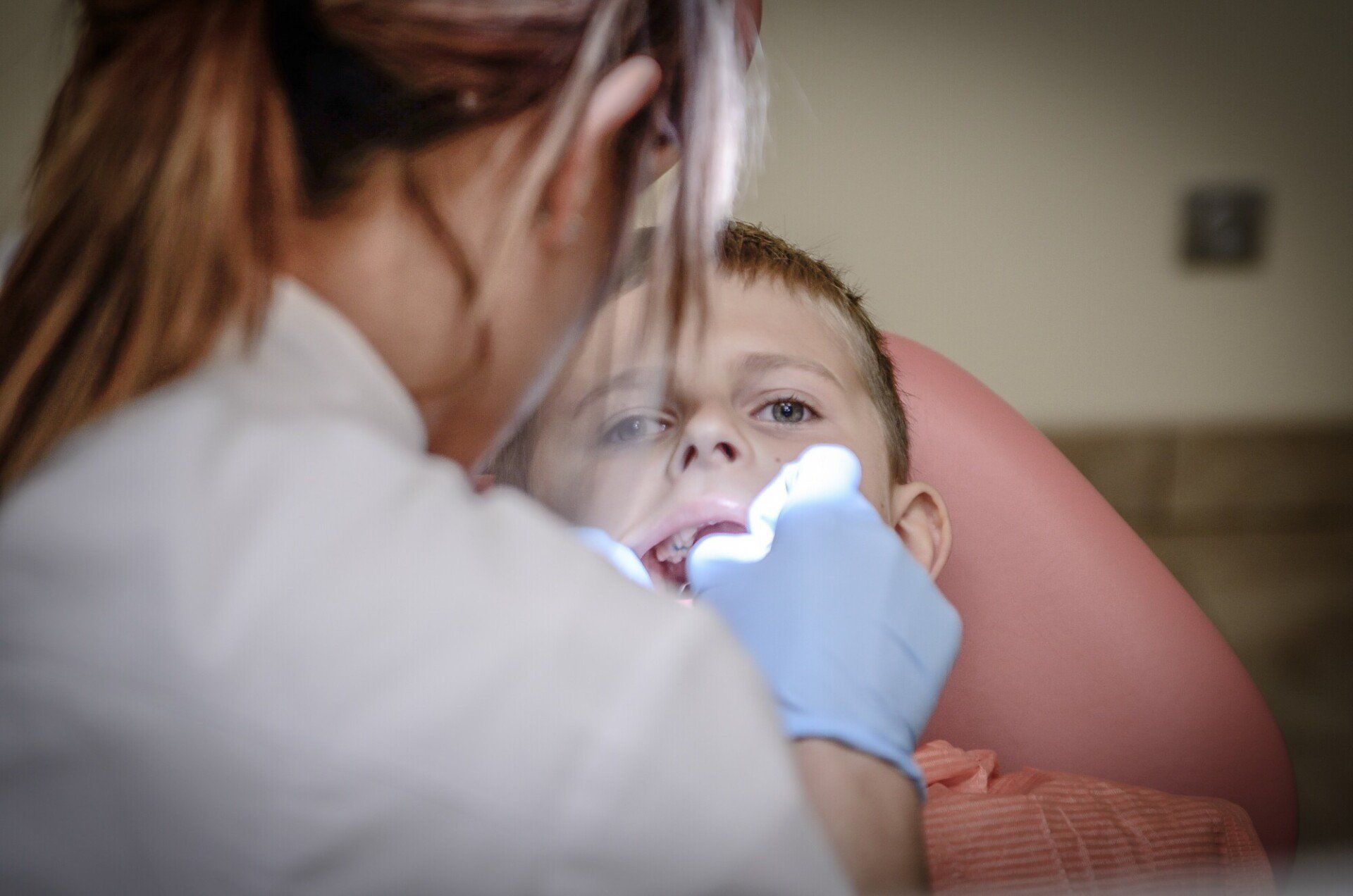7 Common Symptoms of Tooth Decay
Signs of Tooth Decay: 7 Common Symptoms of Tooth Decay
Recognizing the signs of tooth decay is important in getting early treatment for tooth problems. Read more about the symptoms, causes, and treatment today.

By the time a person turns 50 , they've lost at least 12 teeth for various reasons, including tooth decay. Decaying teeth are one of the leading health issues that people face today, and it's essential to be able to spot the signs of tooth decay before it's too late.
If you suspect you need tooth decay treatment, here are some telltale signs.
What Is Tooth Decay?
Tooth decay is when your teeth sustain damage because of bacteria that exist in your mouth. What happens is the bacteria adhere to your teeth, and the acid begins to eat away at the enamel.
If the bacteria are not routinely removed from your teeth by brushing them daily, it can become a bigger problem. While poor oral hygiene is one of the leading causes of tooth decay, it's not the only one.
When you eat sugary foods, you're giving the bacteria something to feed on. The sugary foods you eat coat your teeth and begin to cause decay within the mouth.
Another common cause of tooth decay is genetics. Yes, you read that right; if your family has a history of things like enamel issues, it could be a sign that you'll be prone to tooth decay as you continue to mature.
While there are several causes of tooth decay, there are signs you should be aware of before it's too late to do something about it.
Toothaches
Have you been experiencing toothaches no matter what you're doing? If so, this can be a sign that you've got some degree of tooth decay occurring in your mouth.
Toothaches can either be dull or sharp pains that never seem to go away completely. Because of this pain, it makes it hard to do things like chew or sleep at night.
If the toothache goes untreated, it can lead to other issues such as headaches and gum irritation.
Changes in Appearance
There will be times when you don't have a toothache and can eat and sleep as normal, but you will notice changes in the appearance of your tooth. Initially, your tooth will become slightly discolored, which can be mistaken for calcium deposits within the teeth.
However, over time the spots become darker and more prominent. If you take a closer look at your teeth, you'll notice these spots have begun to turn into crevices or cavities.
Cavities or tooth decay is when the surface or enamel of the tooth becomes severely damaged, leaving behind holes and gaps in the tooth. In severe cases, cavities can leave the root of the tooth exposed, creating increased sensitivity.
Tooth Sensitivity
Another one of the most common signs of tooth decay is tooth sensitivity to both hot and cold things. When you drink a glass of ice water, your tooth immediately reacts, sending pain signals because it's damaged.
This sensitivity can cause you to be in pain whenever you're eating or drinking, and it causes tenderness around your gum line.
Bad Breath
25% of people have halitosis, otherwise known as bad breath, and one of the causes of this is tooth decay. As the food in your mouth breaks down and decays, it puts off an odor because of the sulfur compound it produces.
The odor is a result of the increase in bacteria lingering within the mouth. As decay within the mouth progresses below the tooth's surface, the smell becomes worse and more potent.
The only way to improve tooth decay is to seek family dentistry services as soon as possible.Tooth Decay Treatment
If you spot any signs of tooth decay, it's essential to seek treatment from a dentist trained to provide oral care. Ensure you seek help from a dentist that has the licensing and certification to provide treatment.
If you're in the early stage of tooth decay, the dentist will speak to you about the importance of changing your diet and routinely cleaning your teeth. If possible, a fluoride varnish can be applied to the teeth to keep further enamel decay and damage from occurring.
Fluoride is found in toothpaste and is a critical factor in helping tooth enamel remain strong. It's not always possible to use this means of treatment, especially if your tooth decay is more progressive.
Cavities, as mentioned previously can become holes in the tooth and these gaps will need to be filled to stop more damage from occurring. Before your dentist fills the cavity or places a crown on the tooth, they will remove the cavity.
This ensures it doesn't spread into the root of the tooth, causing further gum damage. You've also got the option of having a root canal performed or having the tooth removed altogether.
These choices are only if your situation has progressed to the point where the tooth can't be saved. Before you have treatment performed, your dentist will sit down and speak to you about your options.
They will then help you decide which treatment method will be the best for your current needs.
Signs of Tooth Decay: Stopping Decay in Its Tracks
There are several signs of tooth decay you can spot that means you need treatment. If you're experiencing increased tooth sensitivity or headaches due to a toothache, you need to head to your dentist right away.
Are you exhibiting any of these signs and want to have your teeth checked out? Make an appointment with Bischoff Family Dentistry, and let us show you how to care for your teeth.
We offer several services, including hi-tech and cosmetic dentistry.










